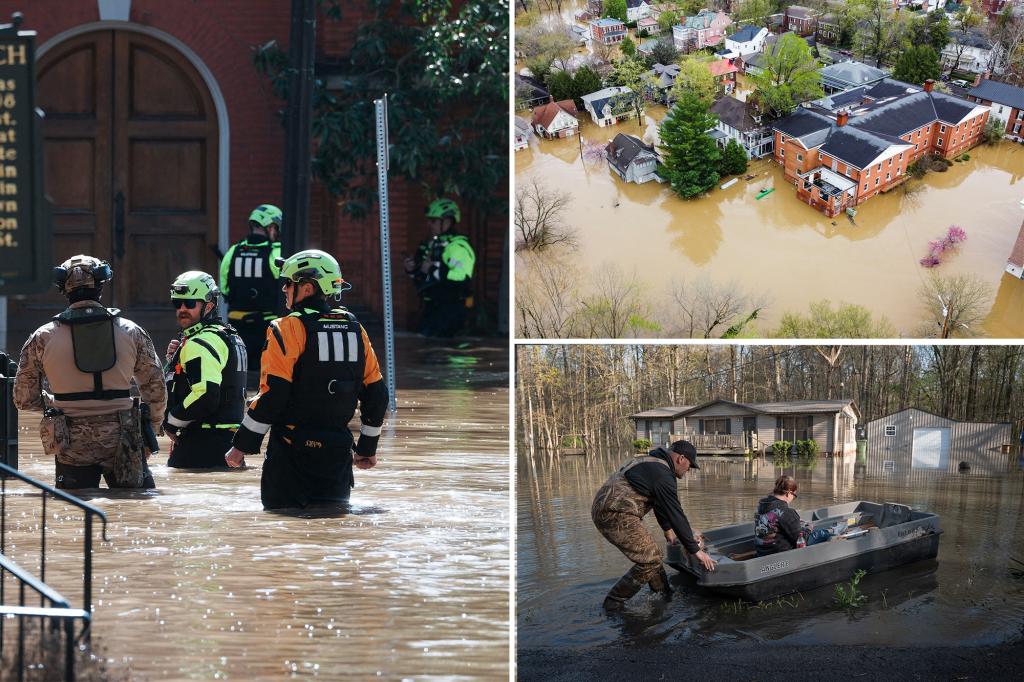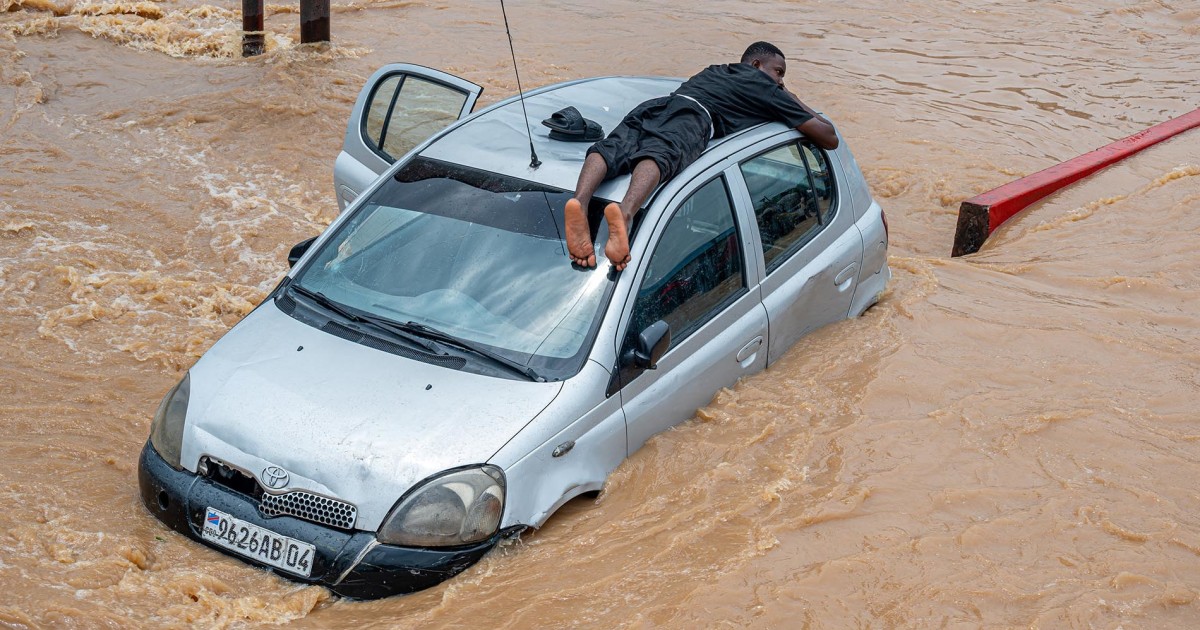Unraveling the Chaos: Understanding Severe Storms and Flash Flooding in the U.S.
Over the past week, severe storms and flash flooding have wreaked havoc across multiple U.S. states, from the Midwest to the Northeast, displacing thousands and causing significant property damage. Meteorologists attribute these extreme weather events to a volatile mix of climate patterns, including a stalled frontal system and record-high atmospheric moisture levels. As communities grapple with the aftermath, experts warn that such phenomena may become more frequent due to climate change.
The Science Behind the Storms
The recent onslaught of severe weather stems from a collision of warm, moisture-laden air from the Gulf of Mexico with cooler air from Canada. This clash has fueled intense thunderstorms, torrential rains, and flash flooding. According to the National Oceanic and Atmospheric Administration (NOAA), some regions received over 8 inches of rain in just 24 hours—a volume exceeding monthly averages.
Dr. Emily Carter, a climatologist at the University of Colorado, explains: “When you have this much moisture in the atmosphere, combined with slow-moving storm systems, it creates a perfect recipe for flash flooding. Urban areas are particularly vulnerable due to impermeable surfaces like concrete, which prevent water absorption.”
Key factors contributing to the chaos include:
- Climate change: Warmer temperatures increase evaporation rates, leading to heavier rainfall.
- Urbanization: Paved surfaces exacerbate runoff, overwhelming drainage systems.
- Geographic vulnerabilities: Low-lying areas and river basins are at higher risk.
Impacts on Communities and Infrastructure
The storms have left a trail of destruction, with at least 12 states reporting flood-related emergencies. In Iowa, swollen rivers submerged highways, while Pennsylvania saw entire neighborhoods evacuated. Preliminary estimates from the Insurance Information Institute suggest damages could exceed $1 billion.
Local officials describe scenes of chaos. “We’ve had rescue teams working around the clock,” says Mark Reynolds, a emergency management director in Ohio. “The speed at which these floods develop catches people off guard—it’s not just about rising water but also debris and contaminated runoff.”
Critical infrastructure has also taken a hit:
- Power outages: Over 250,000 homes lost electricity due to downed lines.
- Transportation disruptions: Major rail lines and airports faced delays.
- Agricultural losses: Farmland inundation threatens crop yields in the Midwest.
How to Stay Safe During Extreme Weather
With severe storms becoming more unpredictable, preparedness is paramount. The Federal Emergency Management Agency (FEMA) advises:
- Monitor weather alerts via NOAA Weather Radio or trusted apps.
- Avoid driving through flooded roads—just 12 inches of water can sweep away a car.
- Create an emergency kit with essentials like water, medications, and flashlights.
Experts also emphasize community resilience. “Investing in green infrastructure, like rain gardens and permeable pavements, can mitigate flooding,” says urban planner Lisa Nguyen. “But individual awareness is equally critical.”
The Future of Extreme Weather in a Warming World
As global temperatures rise, the U.S. can expect more frequent and intense storms. A 2023 study in Nature Climate Change projects a 20% increase in flash flood risks by 2050, particularly in the Northeast and Midwest.
While adaptation measures are underway—such as updated floodplain maps and stricter building codes—scientists urge faster action. “We’re playing catch-up with climate change,” warns Dr. Carter. “The time to bolster our defenses was yesterday.”
For now, affected residents face a long recovery. Volunteers and organizations like the Red Cross are mobilizing aid, but the emotional and financial toll lingers. As cleanup begins, one question looms: How will the nation adapt to this new era of weather extremes?
Call to Action: Stay informed and support disaster relief efforts by donating to reputable organizations or volunteering in your community. Every effort counts in building a more resilient future.
See more Your Daily Weather



